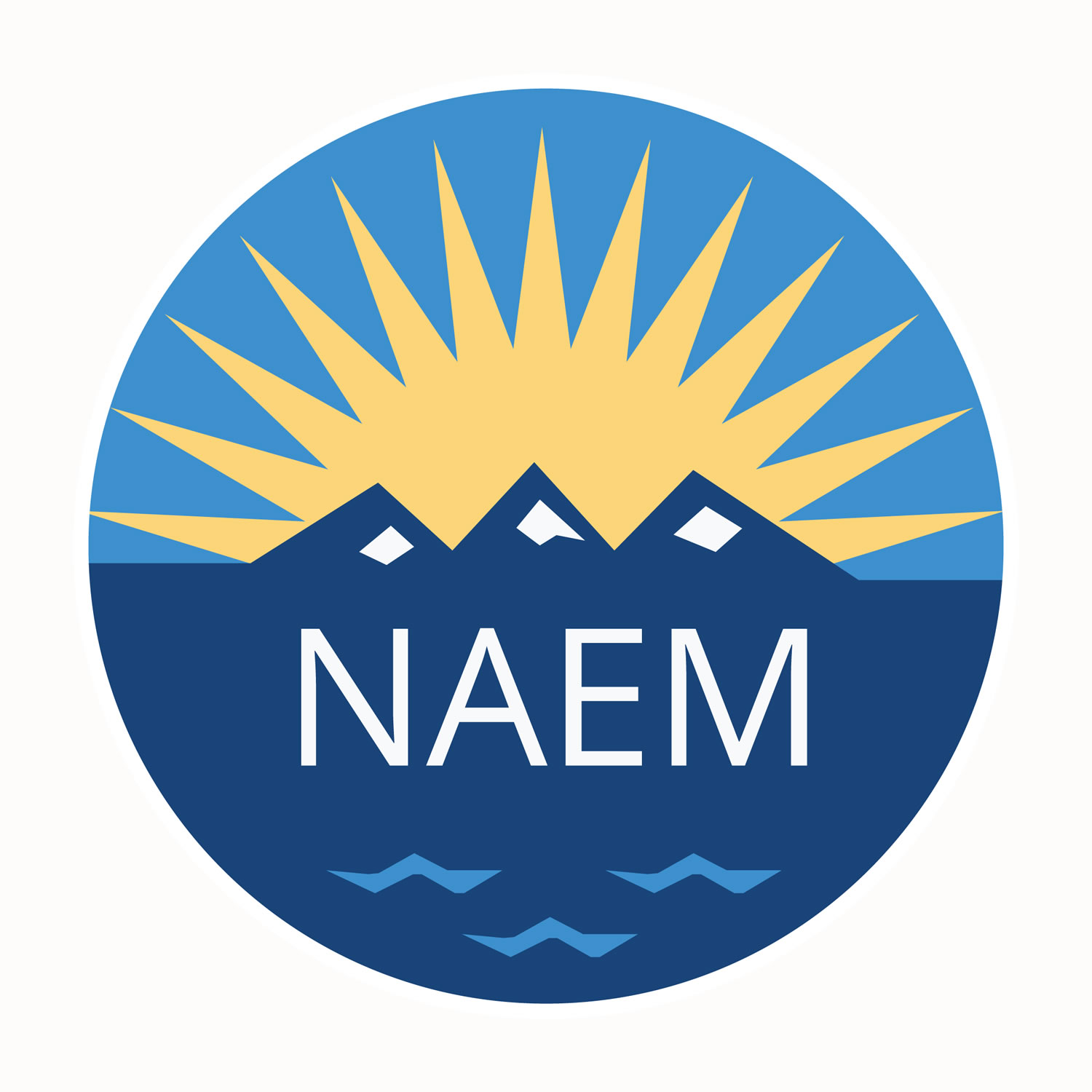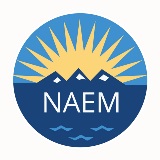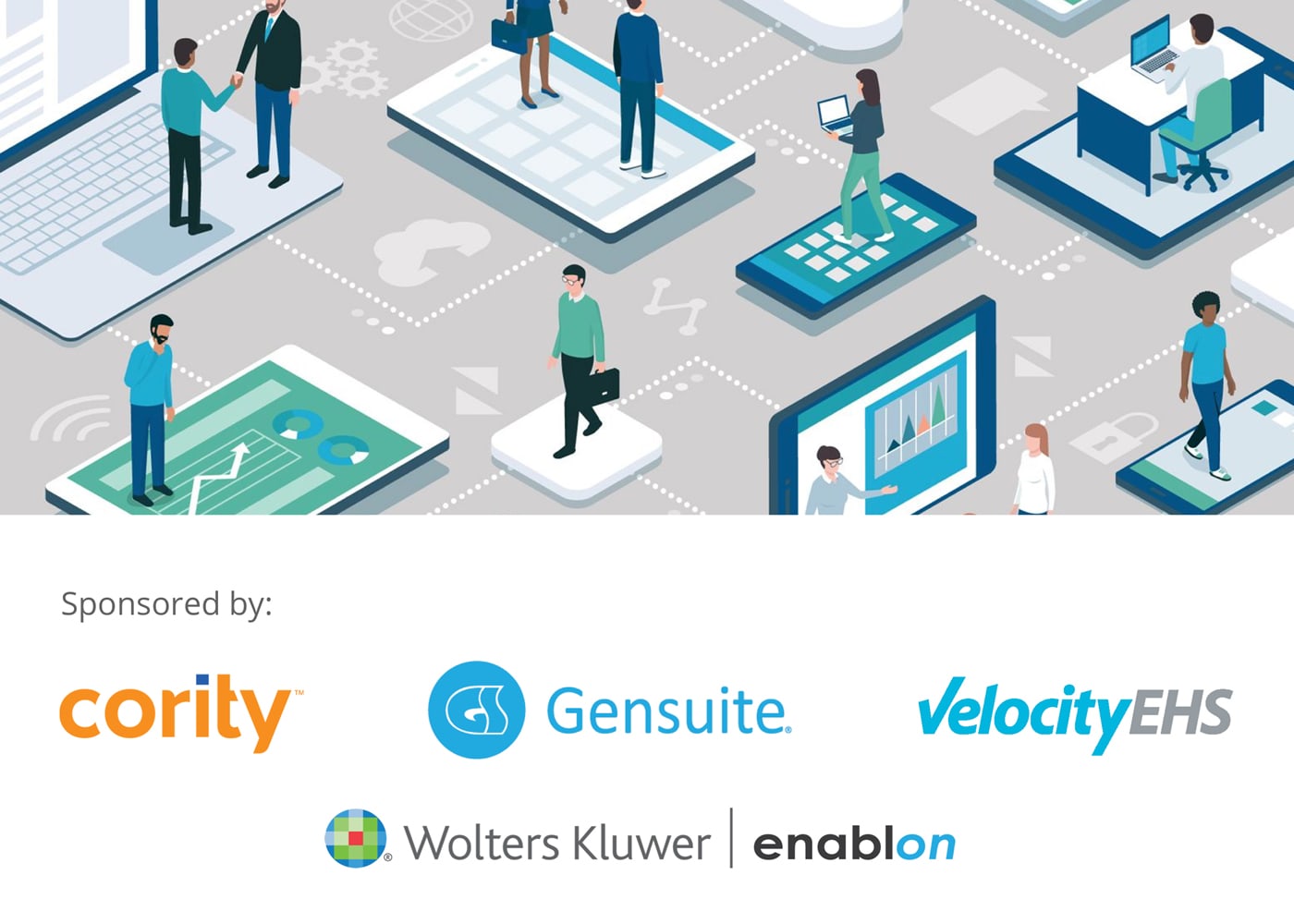Three Reasons Why EHS&S Software Implementations Stumble

If this is your situation, you aren't alone. In 2017, NAEM found that 72% of its survey's respondents said their companies were returning to the market for a new software system to replace one that was not working. The idea of scrapping the cost and effort your company invested in its current system can be very unpopular with both management and users, but if you've passed the tipping point where frustration and inefficiency are constant and the data itself now is suspect, it might be time to take action.
Through a 2019 NAEM survey and interviews with a panel of experts, we heard from many EHS&S leaders who are thinking about changing their systems, a few who have already made one, and some consultants who have seen all manner of EHS&S data problems and solutions. We asked them about the recent history of their EHS&S systems, what issues were driving them back to market, the obstacles they needed to overcome and the solutions they were considering and why.
They brought up many reasons their individual companies (or clients) changed systems. The majority of issues that push companies to the point of consideration a system change tend to fall under two categories: users and software functionality. While the software system itself is a convenient scapegoat for frustration, our research also revealed that some issues develop in other places and filter down to impact users and software.
Here is a short list of common user complaints and some of the management issues that may be lurking under the surface.
Complaint #1: Our system isn't user-friendly.
Given the speed at which data needs to be collected, analyzed and acted upon, if your users are not engaging with your system, it can throw your entire data set into question. It's imperative to figure out not only what is not working, but how it got to this point.Sometimes users dislike the interface of the new system, which may not look as familiar to them as some of the desktop software applications they are accustomed to. If this is the case, the answer might lie in more one-on-one training to identify the specific areas where users are getting tripped up. You might also be able to share your feedback with your provider, who can incorporate it into the next round of product updates.
Other times, the new system is asking users to do things differently from how they are used to working. In this case, the answer might lie in how your company has structured its work flows. Before you blame the software for the user experience, ask yourself if you have accurately captured your processes or managed to the change in the processes that your new system requires. If not, then you might need to spend some time working on the offline user experience first.
Complaint #2: It's hard to make our system work the way we do.
Among those who are shopping for new systems, 41 percent said they want the ability to customize their software, while one-third said they are looking for a system that is easier to configure. According to experts, the call for flexibility is a legitimate need as long as it doesn't have its roots in other problematic areas, namely: 1) A lack of alignment with business objectives or internal processes 2) An unwillingness to accept that the basic functionality does suffice or 3) Expectations for your software system that exceed your actual needs.If your company has not done the hard work of streamlining processes and work flows, it's worth the time to work out the kinks before hitting the market again. It's also important to take a critical view of your own 'needs' to ensure that you really need a customized product before you get rid of the one you have. The experts say that most commercial systems are equipped to perform the tasks that most companies need, so it's worth asking whether your company can actually make use of the tool, as configured. And before you hit the market again, it's worth how much functionality you actually need. If you can align your functionality requirements around your key business objectives, you might find that choosing a single module is a better option than one that addresses every aspect of your EHS&S program.
Complaint #3: It's too expensive to maintain.
When faced with a limited budget, it's sometimes hard to avoid allowing cost to factor into your decision-making. Unfortunately upfront costs are not the only ones you'll have to manage. In addition to licensing fees, you'll likely also need to account for implementation and tracking costs, as well as dedicated human resources to maintain the system. And if your company decides to 'order off the menu', by customizing your system, be prepared for higher costs each time the software needs an update.It's also important to consider the costs of lower productivity in your analysis, according to one EHS&S leader who shared their experience with NAEM: "If the system looks inexpensive determine the time and number of clicks a user needs to perform basic and other functions; some in our organization contend that we've lost more money in transactional inefficiency than we saved in the initial purchase," the participant said. Another leader reinforced the importance of taking a full cost accounting before making a decision: "Don't look to save money on the front end because you'll likely pay for it later."
To learn more about Why Companies Replace Their EHS&S Software Systems, download NAEM's latest EHS&S software report here.
About the Author

NAEM Staff
The National Association for Environmental, Health and Safety, and Sustainability (EHS&S) Management (NAEM) empowers corporate leaders to advance environmental stewardship, create safe and healthy workplaces and promote global sustainability. As the
leading business community for EHS&S decision-makers, we provide engaging forums, a curated network, peer benchmarking, research insights and tools for solving today’s corporate EHS&S management challenges. Visit us online at naem.org.




